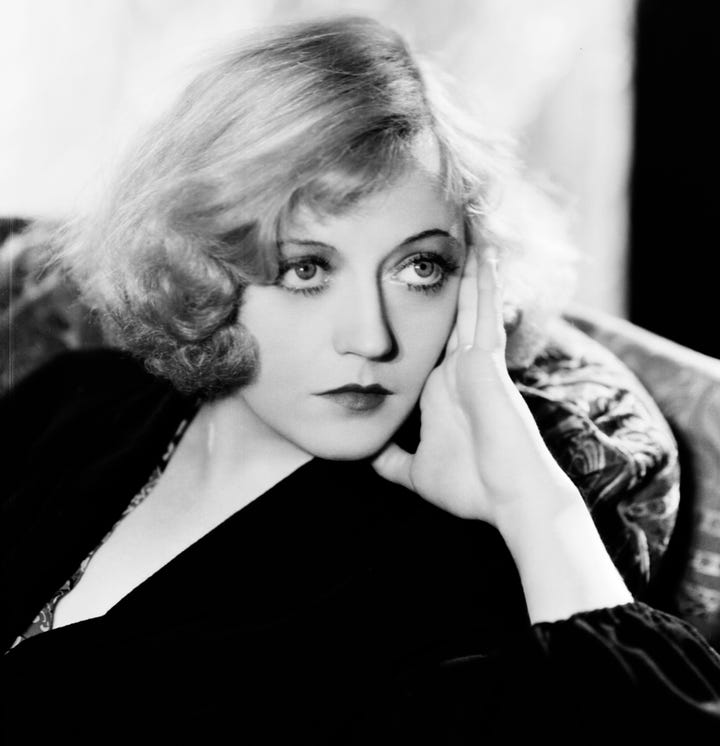Over the next two decades, Davies starred in over 40 movies, positioning her as one of Hollywood’s most famous silent stars. In 1918, Hearst founded Cosmopolitan Pictures, launching Davies as a star of the silver screen. In reality though, her film debut had actually already taken place. In 1917, Marion starred in Runaway Romany, a film she wrote herself, directed by her brother-in-law, George W. Lederer.
Best-known for her comedic roles, she was often hindered by Hearst’s overbearing hand in her career. Convinced she should be playing more serious parts, he tried to use his influence to make it so. But the more he tried to bully studios into hiring her, the fewer jobs she actually got. We see some of that in Mank — listen closely to the dialogue and you’ll catch the drama over Hearst trying to get producer Irving Thalberg, then Mayer’s right-hand man, to cast Marion as Marie Antoinette in MGM’s 1938 movie about the doomed queen. Instead, Thalberg cast his own wife, actress Norma Shearer.
Had Davies had more of a say in her own career, she might have mirrored Seyfried, who is now transitioning from her early career in campy staples like Mean Girls, Mamma Mia, and a slew of fluffy romantic comedies, into acclaimed dramatic roles in awards contenders like First Reformed and now, Mank.Though Marion only appears a few times throughout Mank, each instance is memorable, in part because of Seyfried’s charismatic screen presence, but also because of the context in which we see her: at the center of a gloriously lavish party. Hearst and Davies were famous for their extravagant entertaining. Among their guests were Hollywood royalty, such as Charlie Chaplin and Douglas Fairbanks, politicians, and national heroes like Amelia Earhart. (Read more.)


















No comments:
Post a Comment